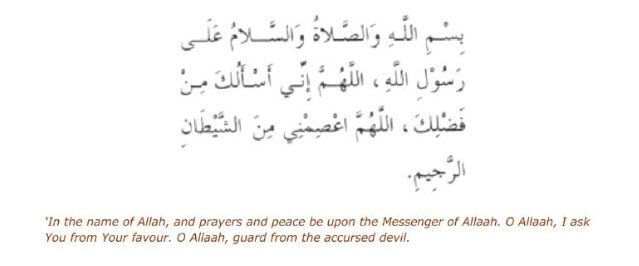The last renovation took place in 1996 when many stones were replaced and its foundations were re-strengthened along with a new roof.
Kaaba used to have two doors and a window. It is one of the things to know about the Kaaba that its original structure had a door for entrance and another for exit. It also had a window situated to one side for a considerable amount of time. The Kaaba that we see today has only one door and no window.
It was not always black. We are so used to seeing Kaaba covered in its trademark black Kiswah with gold banding that we cannot imagine it in another color. Before the time of the Abbasids whose household color was black, Kaaba was covered in multiple colors including green, red and white.
The keys of Kaaba are in the hands of one family. At the time of the Prophet (pbuh), the keys of different aspects of the rites of Hajj were in the hands of different tribes of the Quraish who eventually lost control of their guardianship except one. After conquering Makkah, the Prophet (pbuh) was given the keys to the Kaaba but he returned them back to Osman ibn Talha of the Bani Shaiba family. This family has been the traditional key keepers of the Kaaba for centuries and the Prophet (pbuh) himself confirmed that role till the end of time when he said,
“Take it, O Bani Talha, eternally up to the Day of Resurrection, and it will not be taken from you unless by an unjust, oppressive tyrant.”
Kaaba used to be open to everyone. Until recently, everyone was allowed to enter and pray inside Kaaba when it was opened twice a week. But, due to the heavy influx in the number of pilgrims, Kaaba is now opened only twice a year for dignitaries.
People used to swim around it. The Makkah valley where Kaabah is situated tends to flood during heavy rain. It was not an uncommon occurrence and caused a lot of problems before the days of flood control system and sewage drainage. Muslims would perform tawaf around the half- submerged Kaaba by swimming around it.
The interior of the Kaaba contains plaques commemorating the rulers who renovated it. The upper walls of Kaabah are lined with marble and green cloth along with the plaques commemorating different rulers who renovated or repaired Kaaba.
There is another Kaaba in Paradise. This Kaaba was mentioned in the Quran and by the Prophet (pbuh) when he narrated about his journey of Isra’a -Wal-Miraj,
“Then I was shown Al-Bait-al-Ma’mur (i.e. Allah’s House). I asked Gabriel about it and he said, This is Al Bait-ul-Ma’mur where 70,000 angels perform prayers daily and when they leave they never return to it (but always a fresh batch comes into it daily).”
The Black Stone is broken. It was damaged in the middle ages by an extreme heretical Ismaili group from Bahrain called the Qarmatians who declared that the Hajj was an act of superstition. They killed thousands of hujjaj and dumped their bodies in the well of Zamzam. Qarmatians also took the Black Stone to the East of Arabia and then Kufa in Iraq but later forced to return it by the Abbasid Caliph. The stone was in pieces and the only way to keep it together was by encasing it in silver.
Kaabah was never meant to be cube-shaped. The original structure of Kaaba actually started out as rectangular-shaped and included the semi-circular area of Hijr-e-Ismael. It is one of the least-known facts about Kaabah.





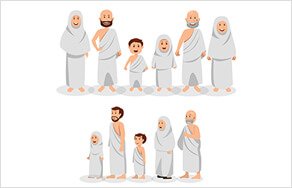

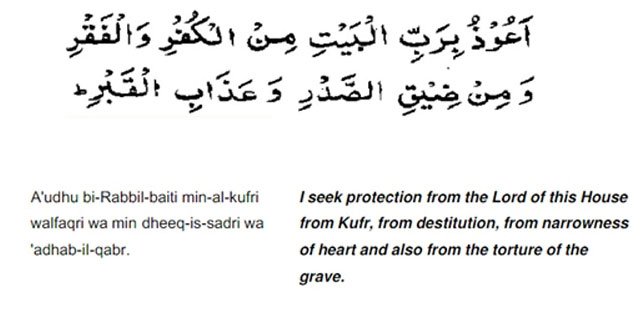
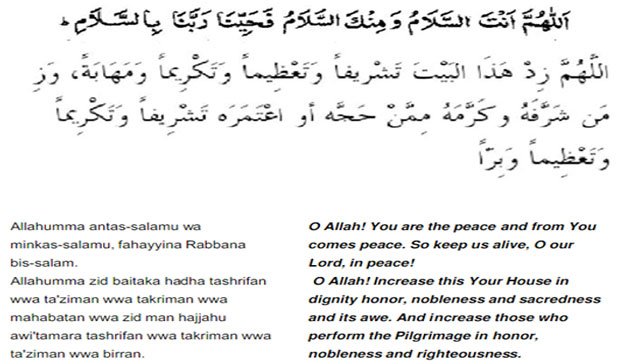

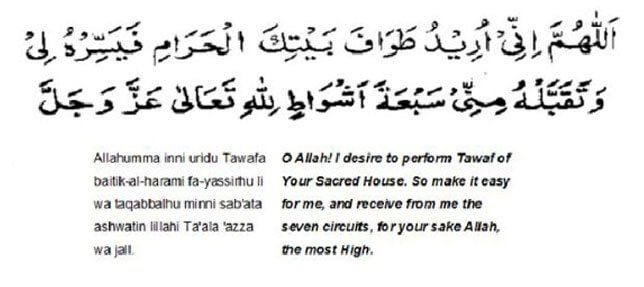
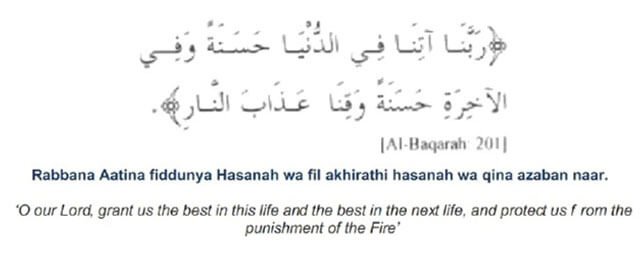



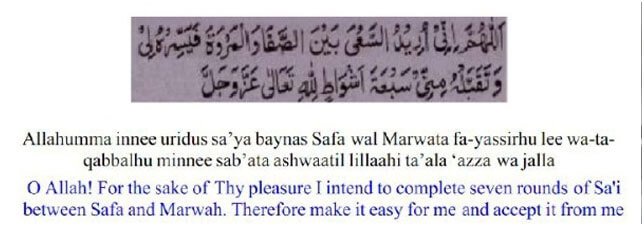
 There is no specific dua for Saa’ee so recite any Dua from heart between the hills of Safa and Marwah
There is no specific dua for Saa’ee so recite any Dua from heart between the hills of Safa and Marwah